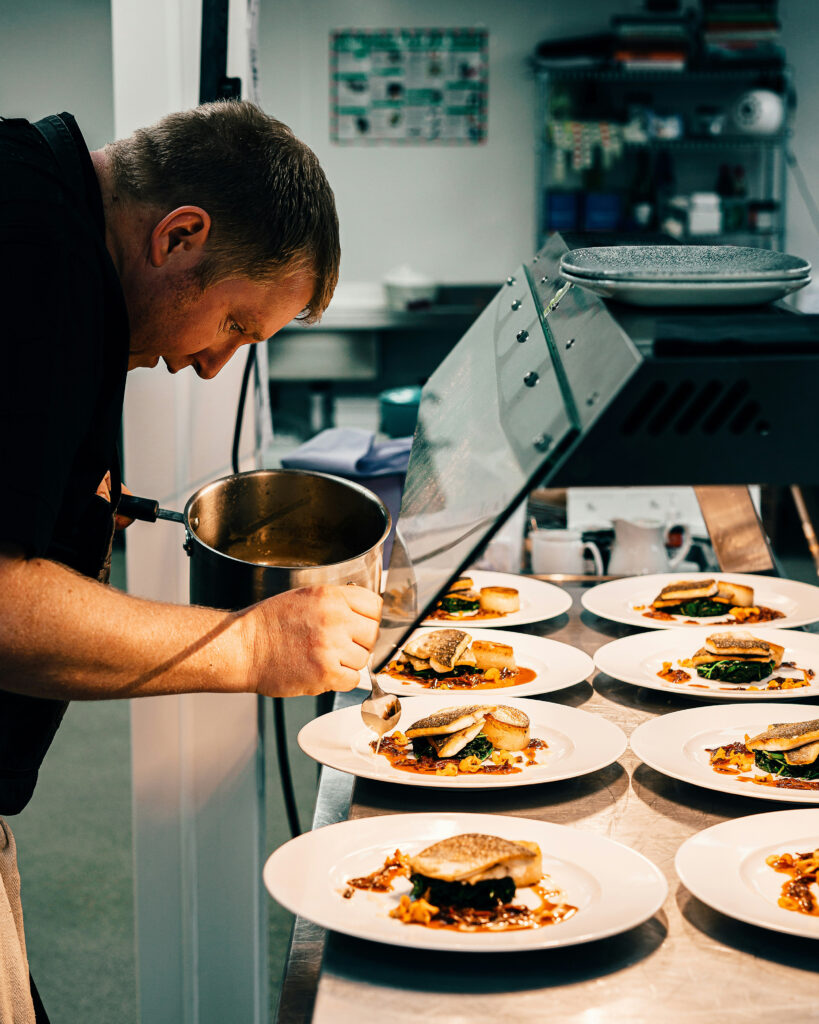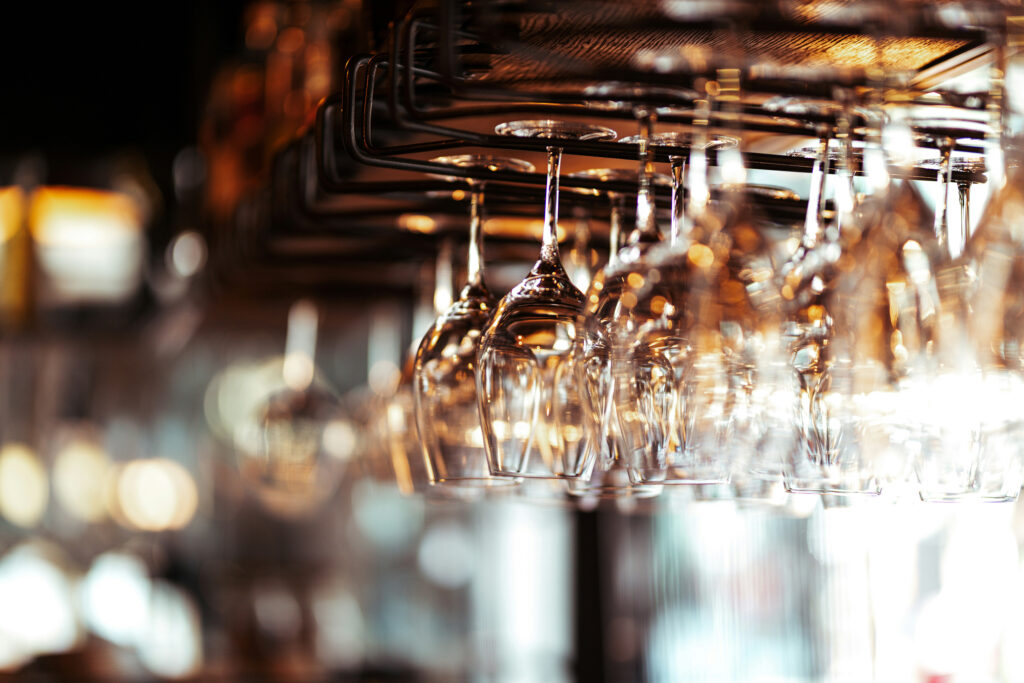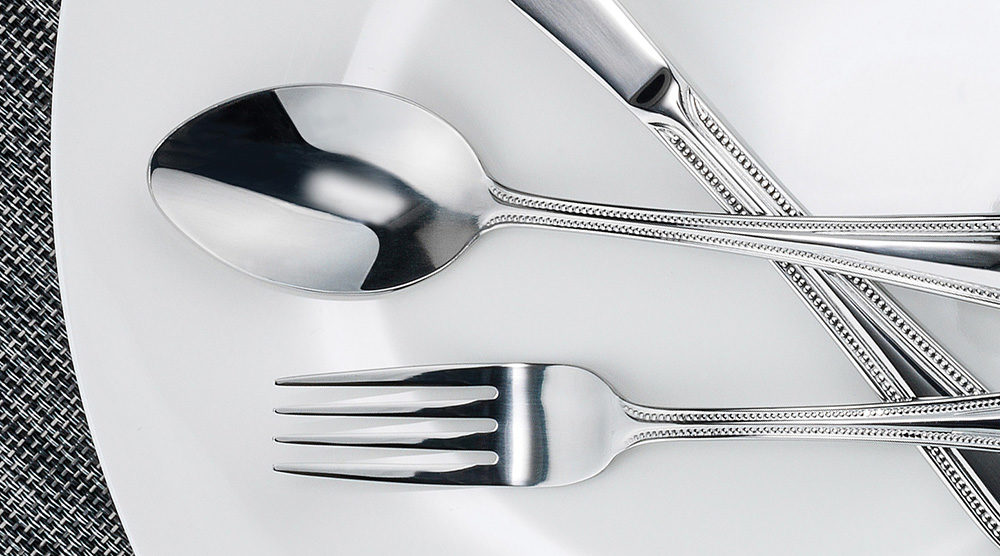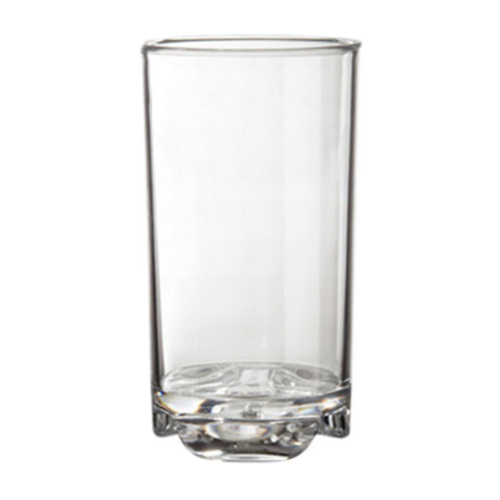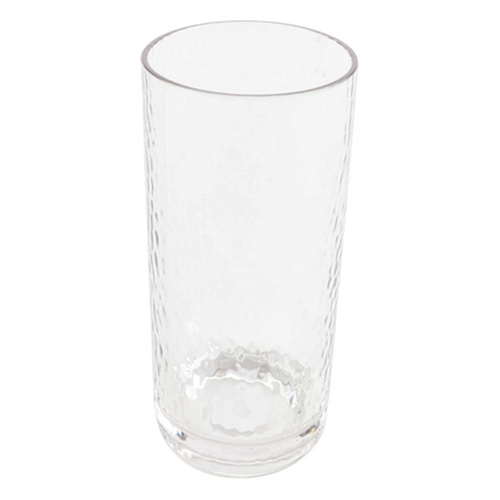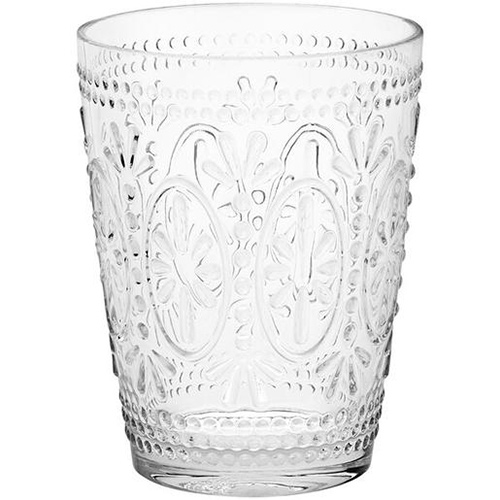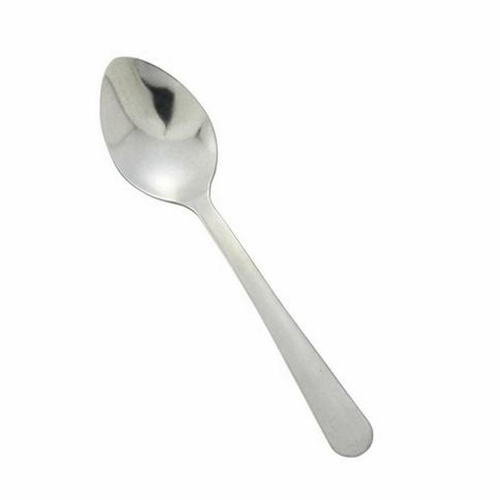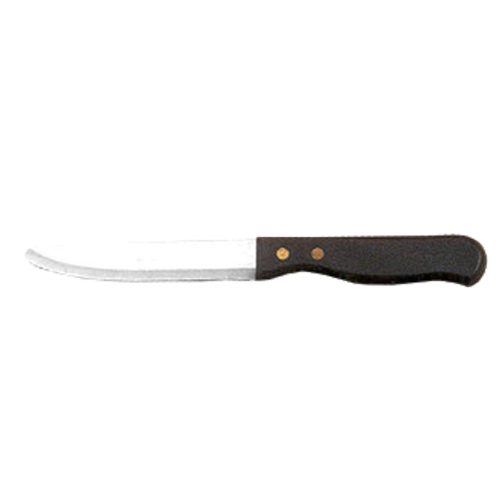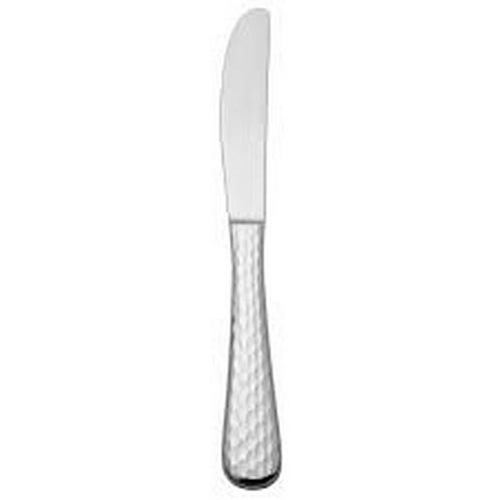How Much Flatware and Dinnerware Do I Need for My Restaurant?
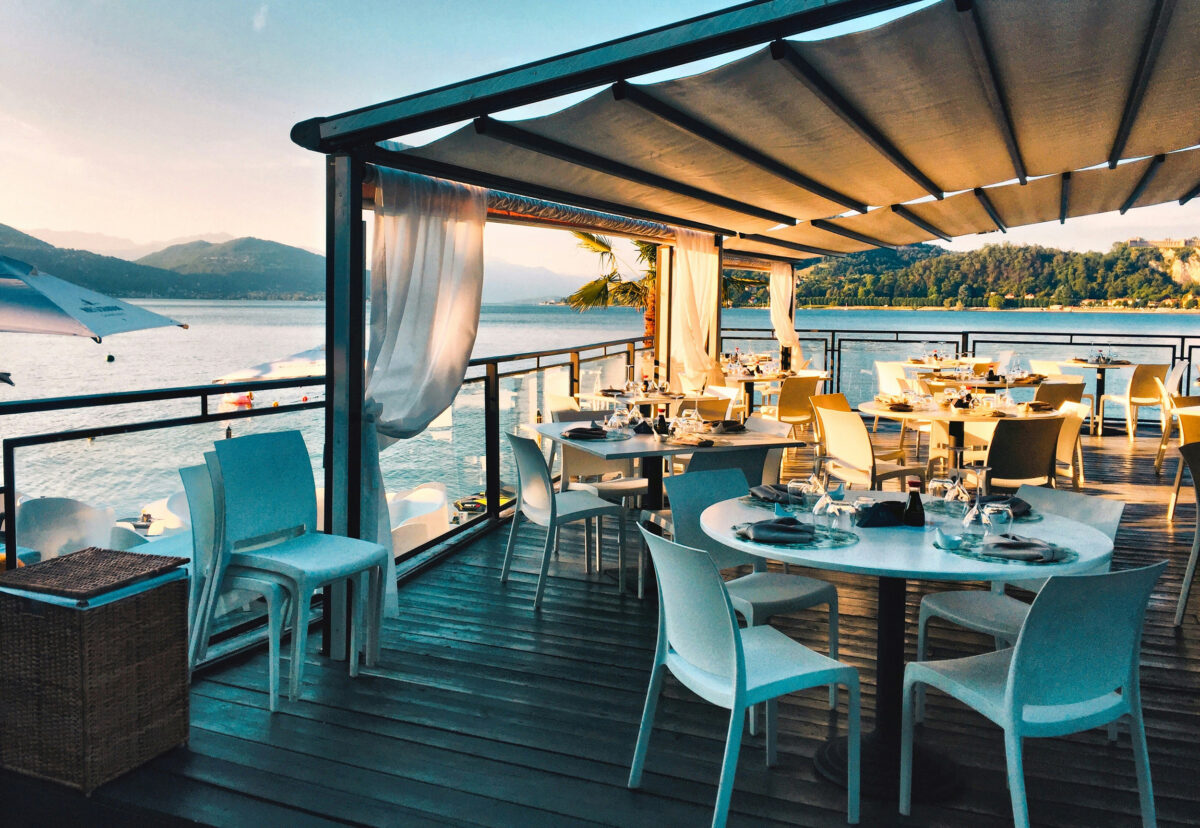
Are you starting a new restaurant and wondering how much flatware and dinnerware to order? It’s an important question. You never want to be stuck in a situation where you’re short on place settings, clean flatware, or sending food out with wet knives and forks! Luckily, the answer is easy to figure out with some planning and consideration.
A Fork in the Road: Where to Start When Selecting Flatware for Your Restaurant
Start by following our trail of breadcrumbs…
1: Know Your Seating Capacity
Before you go ahead and place your order, the first thing you’ll need to consider is the seating capacity of your restaurant. A large and crowded tapas restaurant will require much more flatware than an intimate tea shop. Go ahead and count the number of seats in your establishment and keep that number in mind moving forward.
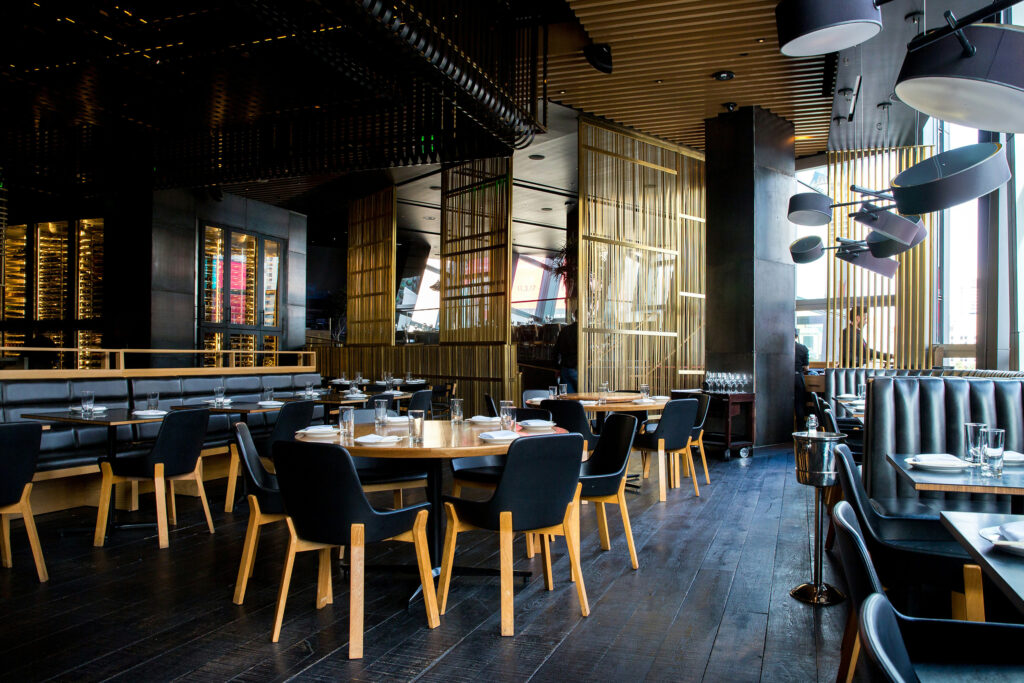

2: To Serve and Project
The next step is to analyze your menu. Ask yourself the following types of questions:
- Do you serve large family-style dinners where each customer will use the same flatware throughout the service?
- Do you serve a six-course tasting menu in which each course comes with a new dinner fork or soup spoon?
- Do your entrees come with salads or soups ahead of time that need separate plates or bowls?
- Do most of your customers order dessert?
Try counting how much flatware your average customer uses in a single meal and multiply that by the number of seats in your restaurant.
3: Account for Oopsies
You will inevitably run into broken cups and plates, so having spares on the bench is always a good idea.
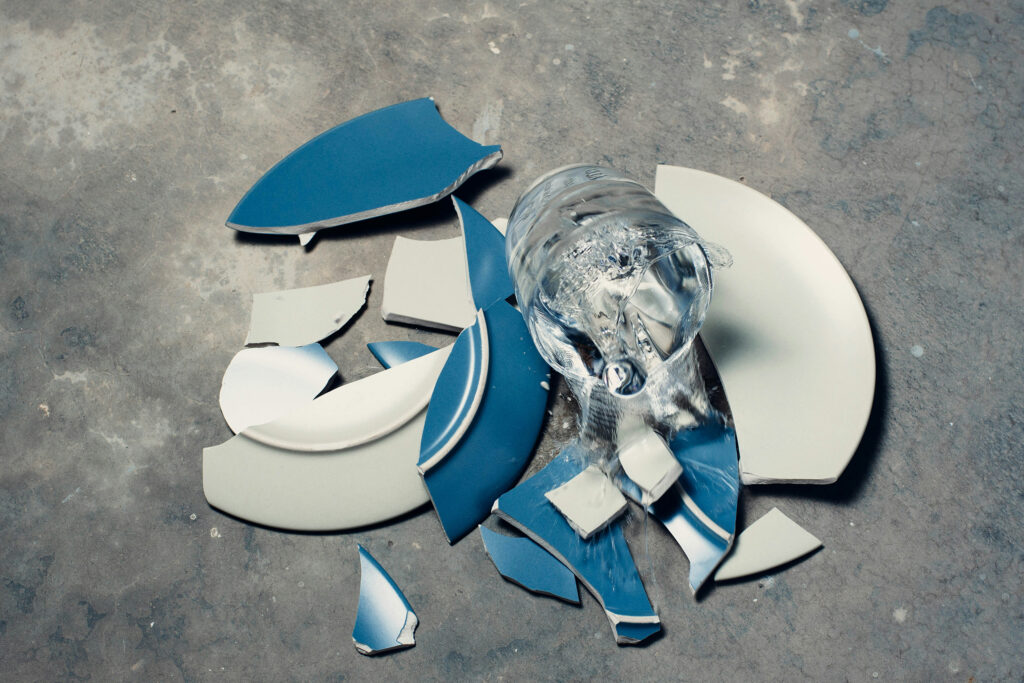
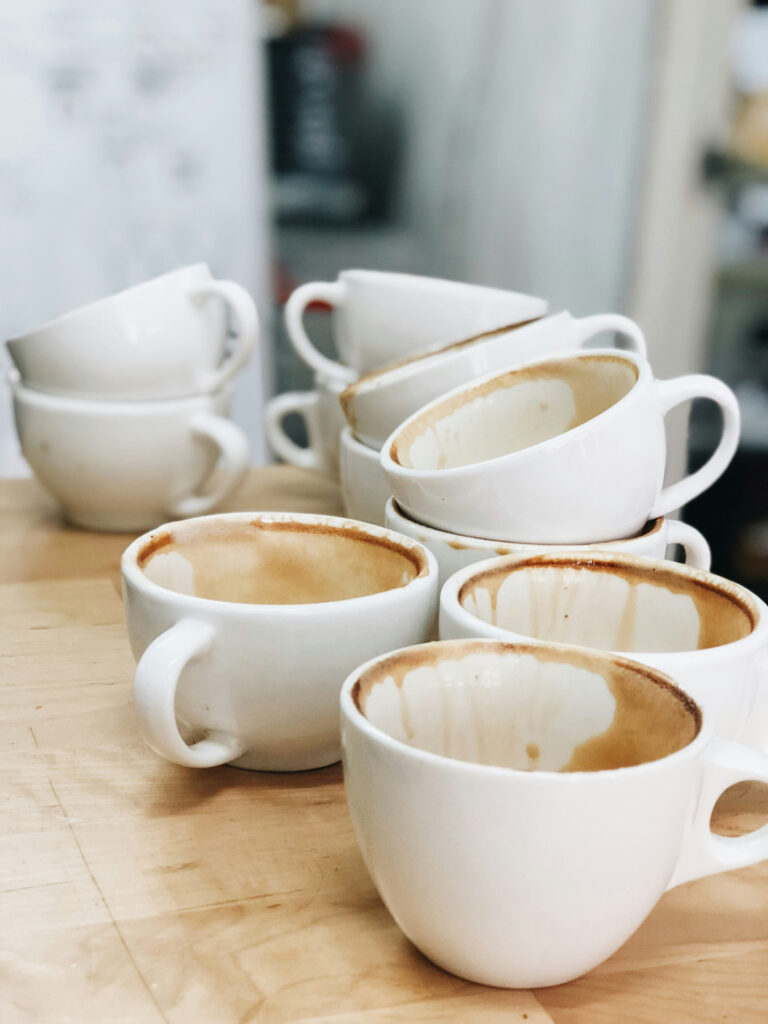
4: Caught with Dirty Dishes
There will always be some dirty dishes, and cleaning dishes takes time! So, during peak meal rushes, make sure you have enough spare items on hand to account for the sets that are dirty or in use when new customers walk through the door.
5: Table Turnover
Lastly, how much flatware/dinnerware you need will largely depend on your table turnover rate. If your meals are designed to be a couple of hours long, you will probably need fewer sets than if your customers are in and out the door within thirty minutes.
Remember: You must also account for items you might send out with coffee, tea, creamer, sugar, fruit cups, cocktails, bread and butter, appetizers, samples, buffet/salad bar service, a la carte/side orders, or to replace dropped items.
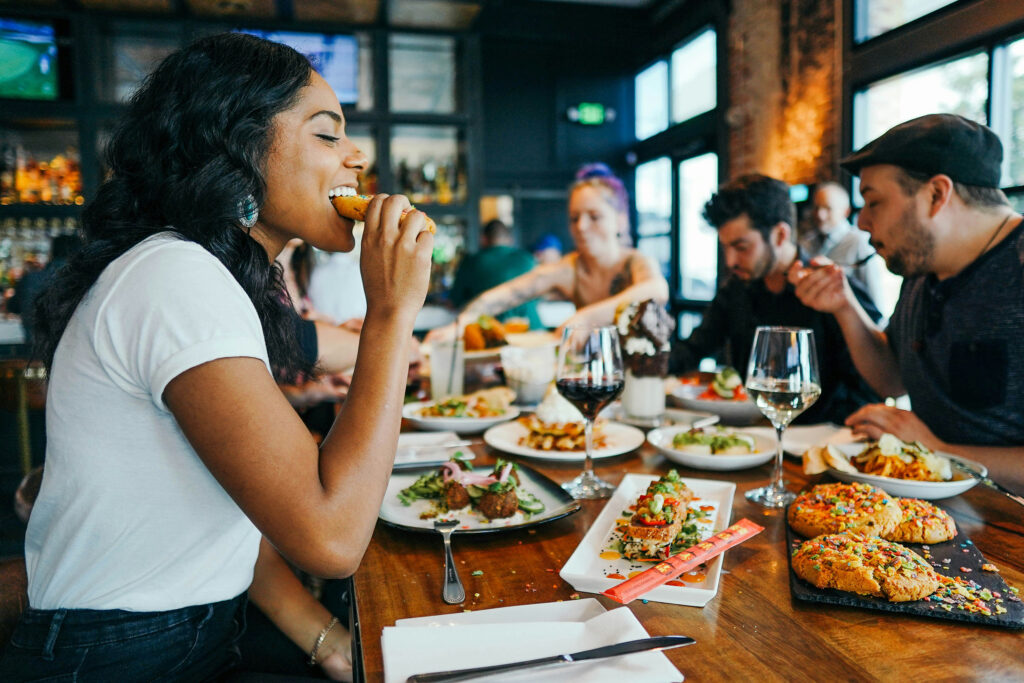
Isn’t There a Formula I Can Follow for How Much Flatware My Restaurant Needs?
Well, the short answer is yes. Dinnerware, drinkware, and new flatware are all sold in sets by the dozen. When calculating how much flatware you need to order, round up to the nearest dozen.
Luckily, there are some formulas you can use to estimate how many table settings to order, but many factors can also change those estimates.
Dinnerware
Generally, most restaurants will be safe with 2-3 sets of dinnerware per seat. This allows for one set to be in use, one set in the wash cycle, and one spare set ready to go. Sometimes, silverware and dinnerware can efficiently serve multiple purposes. For instance, it’s not likely that every table will order coffee or dessert simultaneously, so the coffee saucers could double as a la carte plates, which would cut down on the total number of small plates you should order. Similarly, if your desserts can be served on salad plates or soup bowls, you could offer more soups and salads during lunch and more desserts during dinner.
Drinkware
Two glasses/cups per seat or customer is a great starting point when determining how much drinkware to order. This accounts for some customers ordering both water and a soda, for example, and gives you some wiggle room for cleaning time between orders.
However, if you run a heavy drink service (think coffee/tea shops) or have many customers come in only for drinks (like bars/happy hours), you should increase that number.
Flatware
There is a very easy formula you can follow that should tell you most of the average restaurant’s silverware needs. Take the number of seats in your restaurant, multiply it by the number shown on the table, and divide that number by 12 to determine the number of sets to order.
You can also use this chart to determine the extra sets needed for formal, semi-formal, and bar services in addition to your regular table flatware.
| Dinnerware | Drinkware | Flatware |
|---|---|---|
| 3.12 | 2.16 | 3.12 |
I Was Told There Would Be No Math: General Estimates
Restaurants seating 50:
144-156 dinnerware sets (12-13 sets of 12)
108 drinkware sets (9 sets of 12)
156 dinner flatware sets (13 sets of 12)
Restaurants seating 100:
312 dinnerware sets (26 sets of 12)
216 drinkware sets (18 sets of 12)
312 dinner flatware sets (26 sets of 12)
Restaurants seating 120:
360 dinnerware sets (30 sets of 12)
240 drinkware sets (20 sets of 12)
360 dinner flatware sets (30 sets of 12)
Remember: You may need extra sets if many customers require a dessert spoon/dessert plate and bowl/formal flatware/steak knife/demitasse spoon/chopsticks/other specialized flatware based on the menu.
How Much Will I Have to Dish Out? Restaurant Dinnerware and Flatware Costs
As with most things in life, you could encounter a vast range of prices when searching for tableware sets. For example, a set of 12 dinner spoons from Eleven36 could cost anywhere from $12 to $90, depending on the set’s quality, finish, and material.
Take a look at some of these example products to get a sense of the options out there:
Dinnerware:
Drinkware:
Flatware:
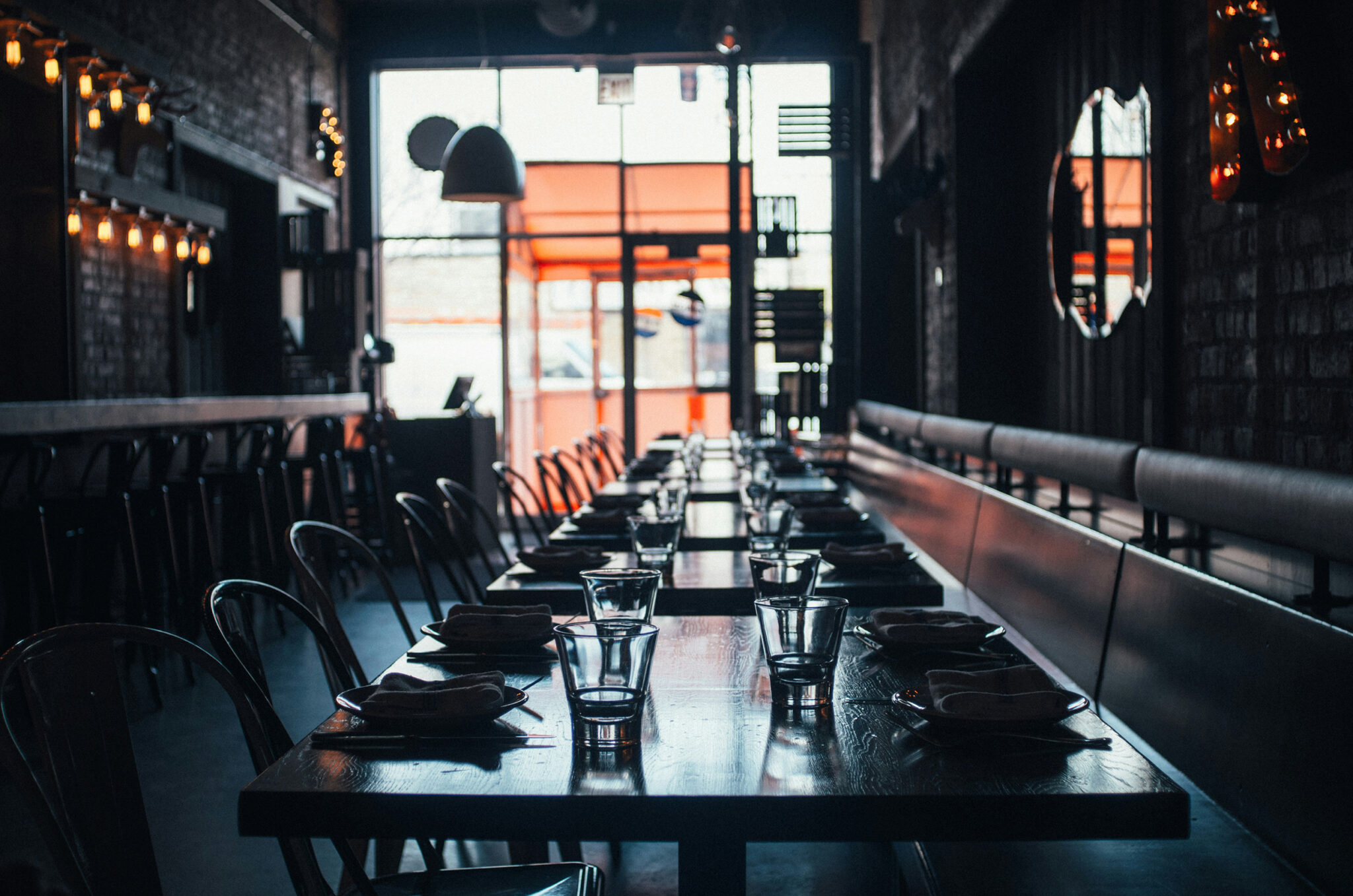
Getting the Most Bang for Your Buck: Restaurant Dinnerware Maintenance
You can make a massive difference in the lifespan of your dinnerware by taking a few simple measures:
- Bus plates and bowls separately from glasses and mugs. Since these things do not stack well with each other, bussing them together risks breakages.
- You could also rotate which sets of dinnerware and flatware are used so the same sets aren’t being used repeatedly.
- Clean your dishes immediately instead of letting them soak or sit in the sink for too long. A cleaning routine keeps them pristine without risking food residue build-up and accidental cracking.
- Especially when using high temperature warewashers, you must allow adequate cooling time for your dinnerware (especially china, glass, and ceramic) after the cleaning cycle. Cooling helps avoid thermal shock, which can lead to weakening and cracking.
Remember: Even if you took all the measures listed here and then some, you will inevitably run into cracking and breakage at some point. It’s always best to be prepared for this by making sure you have a good cushion in your stock of dinnerware, drinkware, and flatware.
Brand Spooning New
The durability and longevity of your tableware will largely come down to materials and manufacturing.
- Flatware: Stainless steel flatware sets are the most common option because of their superior quality and corrosion resistance/rust resistance, with the heavier gauges performing better than the medium and light gauges.
- Plastic or disposable silverware is excellent for takeout but won’t hold up over time.
- Wood/bamboo flatware is a more eco-friendly disposable option and is more durable than plastic.
- Sterling silver is an excellent option for formal services in a fine dining restaurant, but they bend easily and require special cleaning and storage methods.
- Drinkware: The materials of most drinkware are dictated by the types of drinks they will contain.
- Hot beverages are mainly limited to stoneware and ceramic mugs. These are solid materials but are easily chipped and cracked if not handled carefully.
- Alcohol is almost exclusively served in tumblers, pint glasses, and wine glasses. Glass is very easy to break but relatively cheap to manufacture.
- Plastic glasses will always be the longest lasting and hardest to break, though they will show wear quickly, and not all are dishwasher safe.
- Dinnerware: Dinnerware comes in the most extensive variety of materials, each with pros and cons.
- Ceramics and porcelain, clay-based and fired at an extremely high temperature, are strong but prone to chipping and breaking. They are not always dishwasher or microwave-safe but are incredibly durable when handled carefully by kitchen staff, are high quality, and are a standard choice for high end restaurants and casual eateries.
- Melamine, a plastic-based compound, is a great option for nearly every restaurant business except fine dining. It is almost indestructible, long-lasting, dishwasher and microwave-safe, and lightweight.
- Less commonly found, bone china is the most delicate option at the highest price point. They are generally reserved for very formal services like high tea and can be found in intricate or contemporary designs.
- On the opposite end of the spectrum, while difficult to break, plastic dinnerware tends to show scratches and wear very readily and is not always microwave and dishwasher safe. They are, however, the best option for tighter budgets.
Remember: It’s always better to be prepared ahead of time than to be left without the things you need during a busy meal service, so when ordering tableware, less definitely isn’t more!
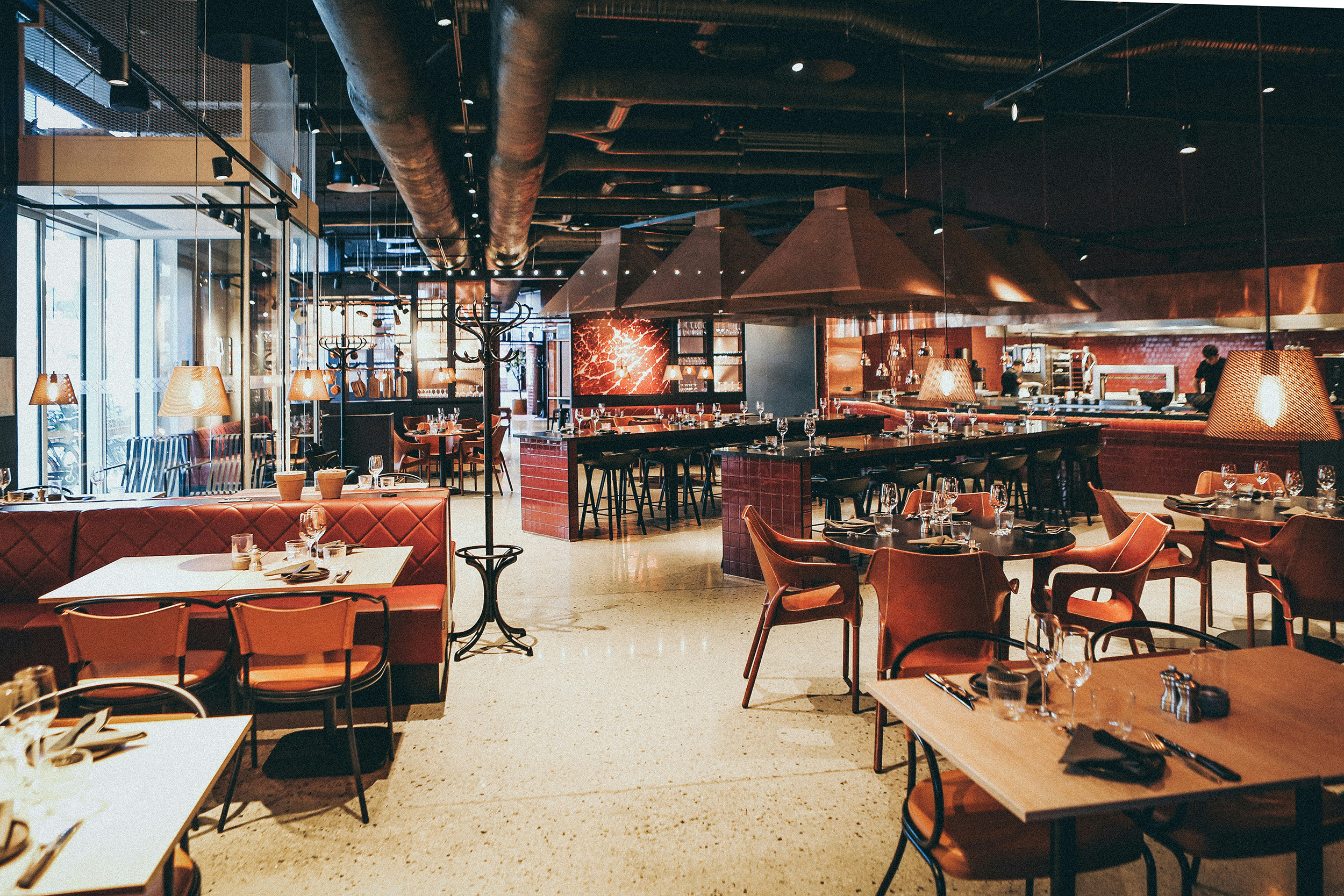
Cutting to the Chase: Eleven36 is a One-Stop-Shop for Restaurant Dinnerware Needs
At the end of the day, there is an incredible array of options, which means you’ll easily find the right tableware to match your budget and restaurant’s overall ambiance. Here at Eleven36, we believe that finding the right supplies for your restaurant at the highest quality is always the best choice, which is why we offer a full range of price points, styles, and materials for you to choose from. If you need help with stocking your restaurant flatware and dinnerware, reach out today.

